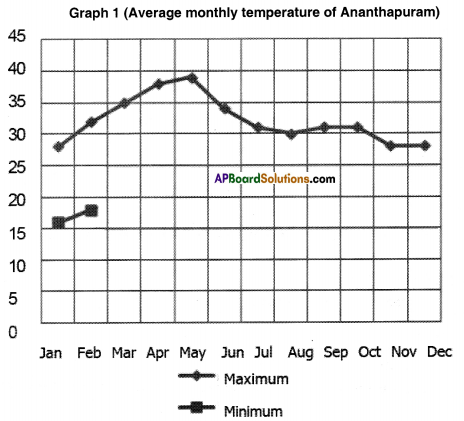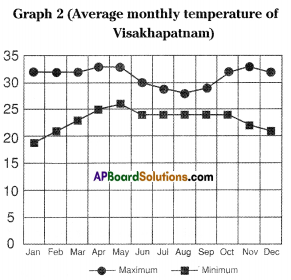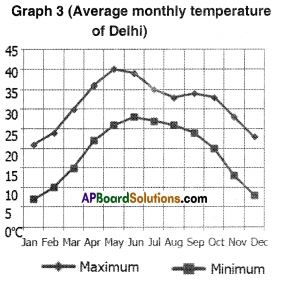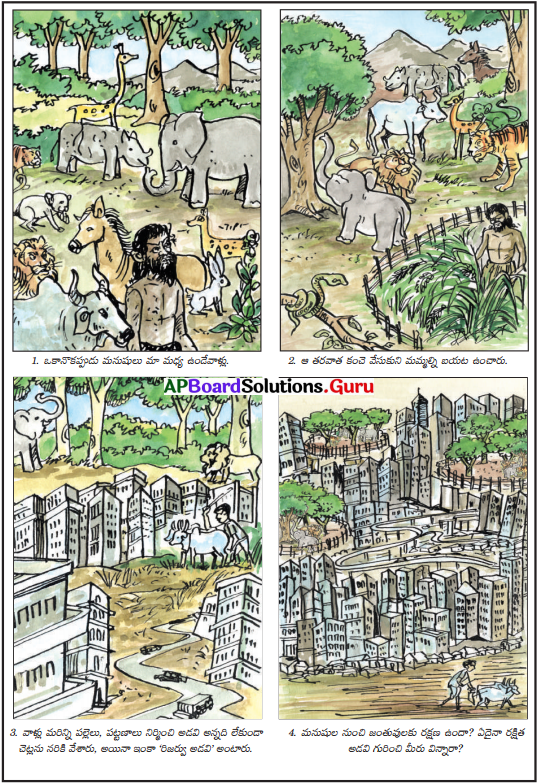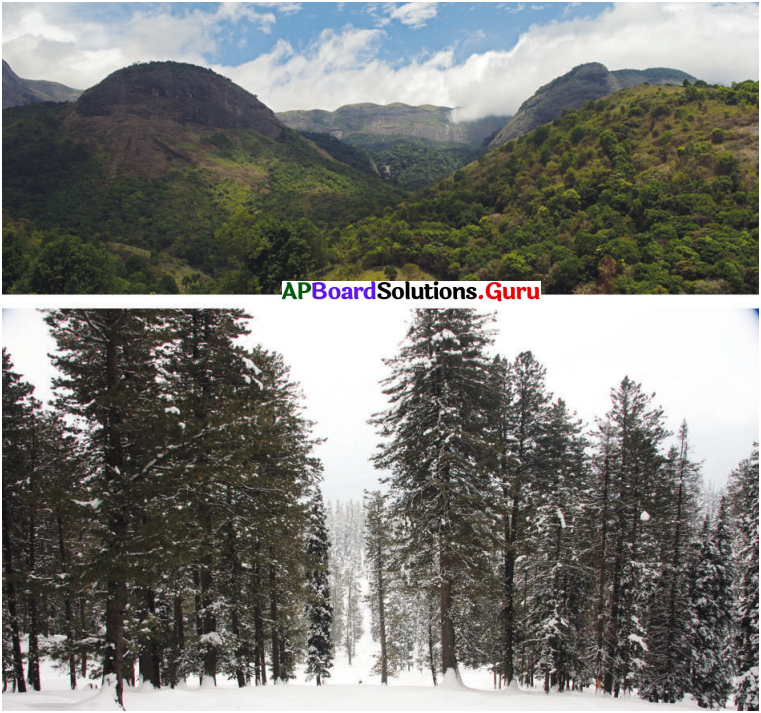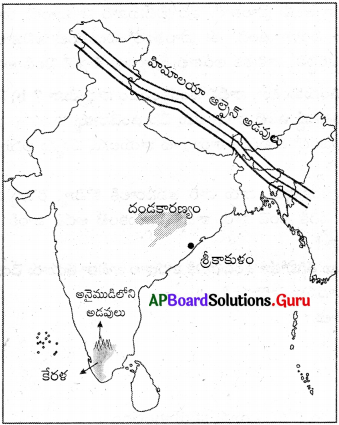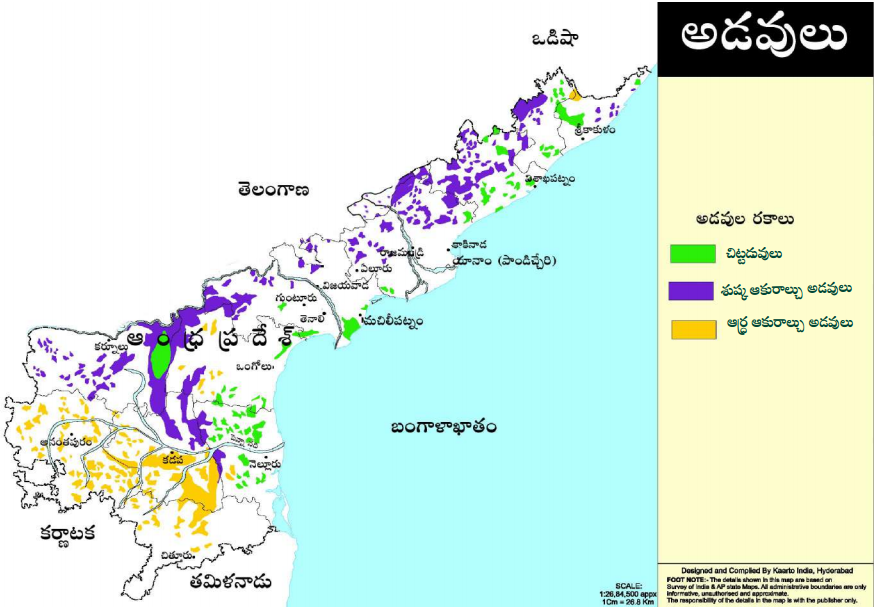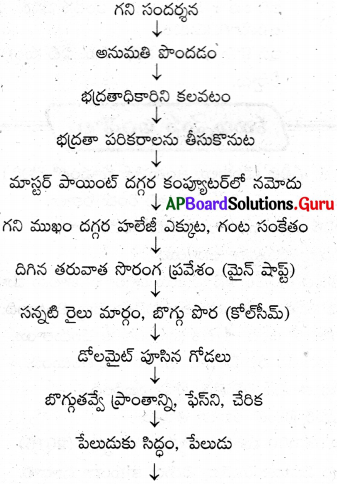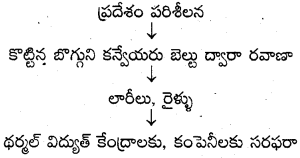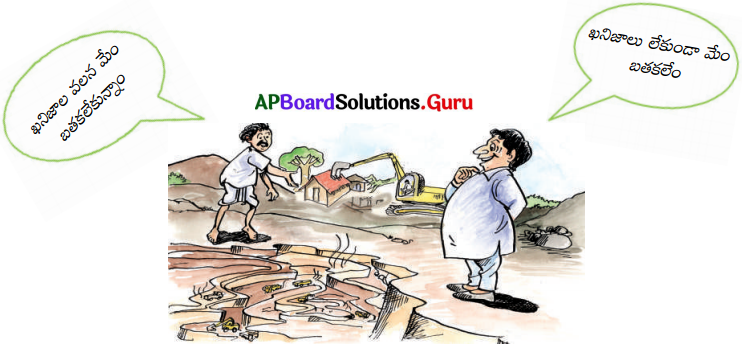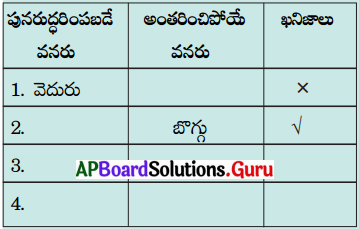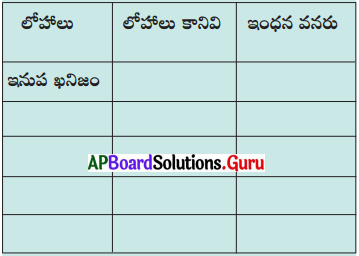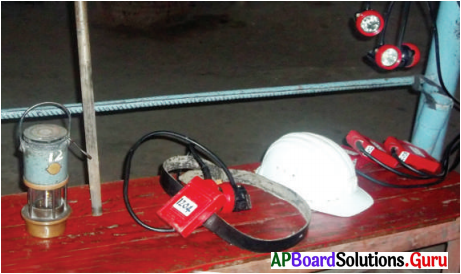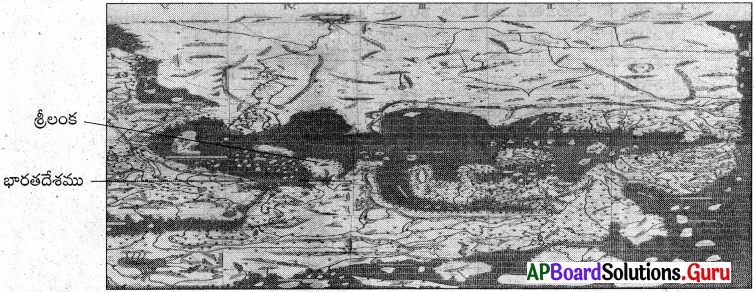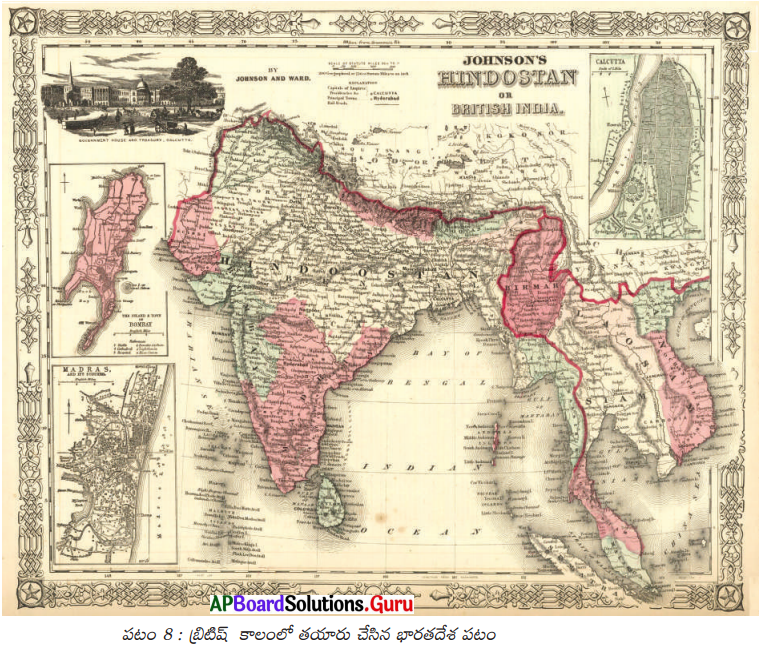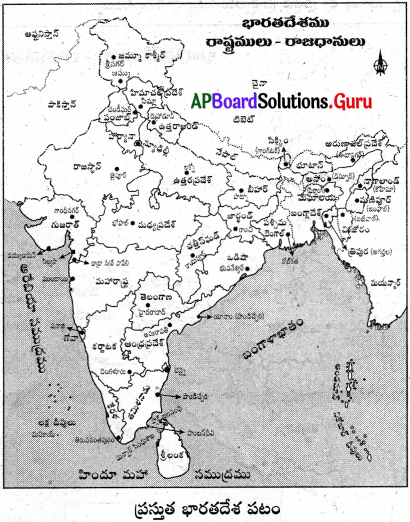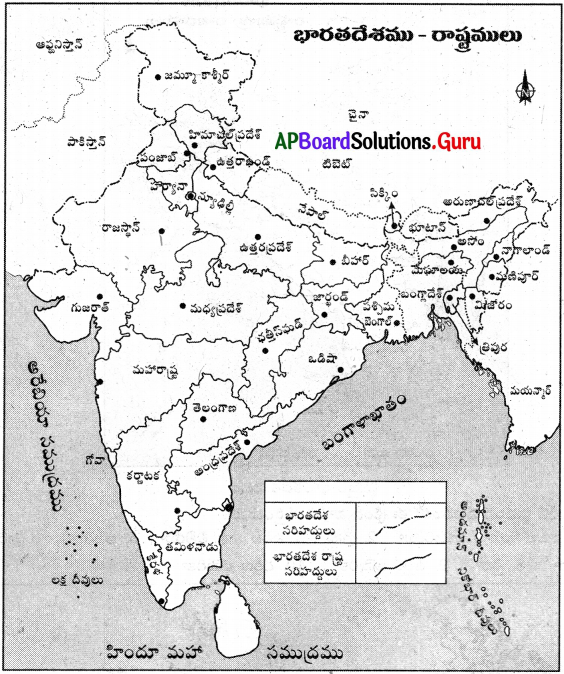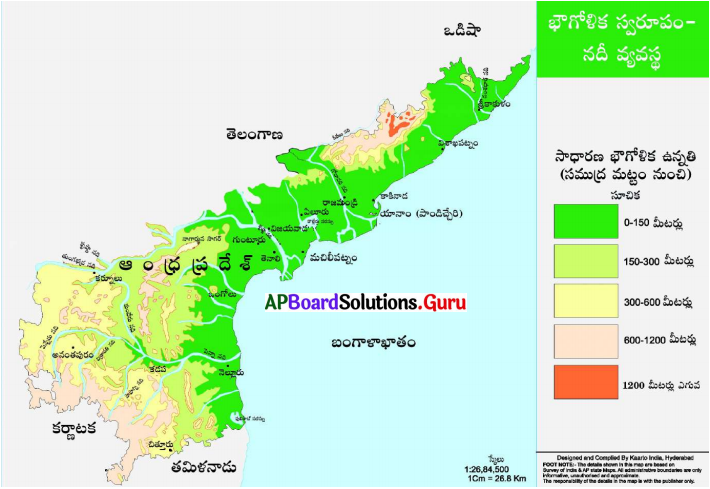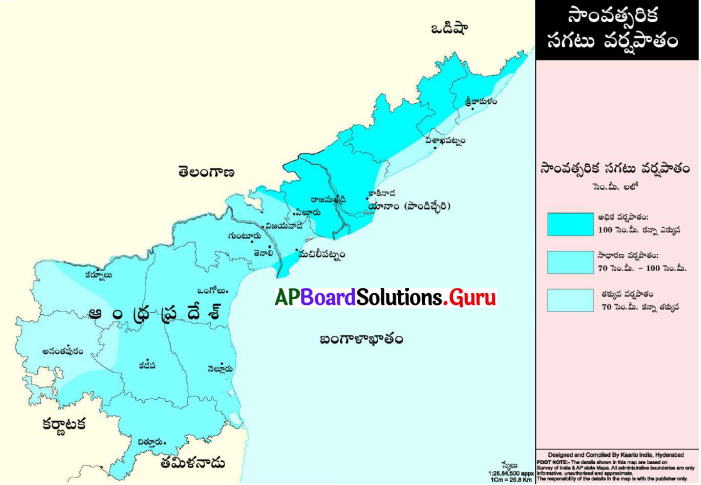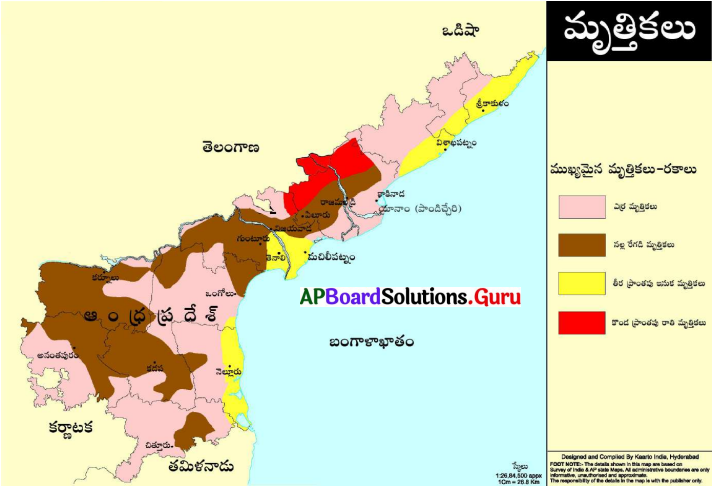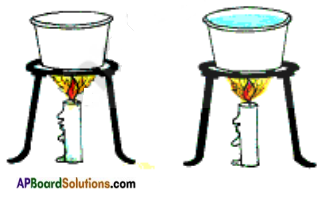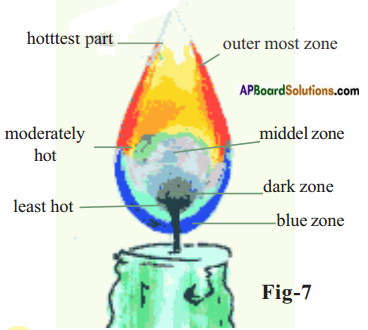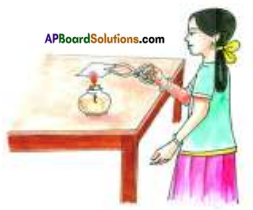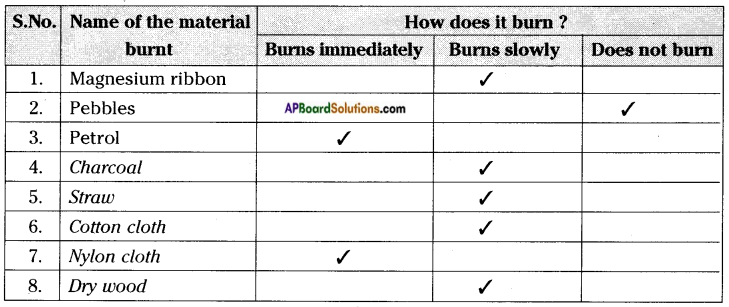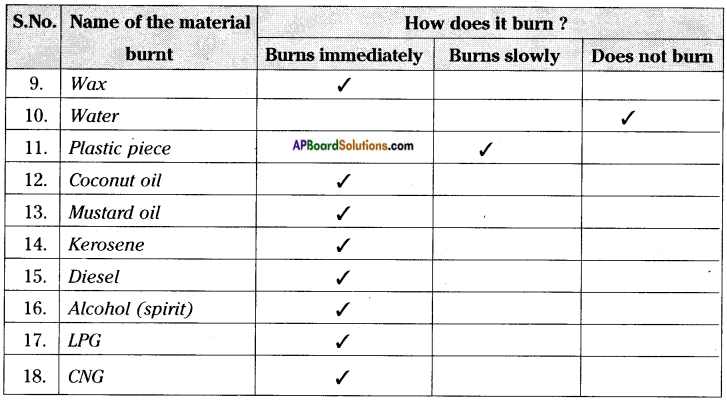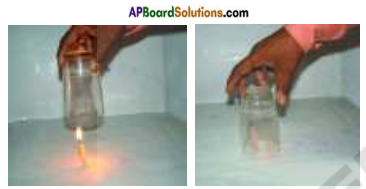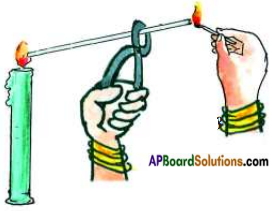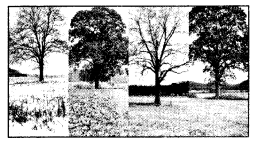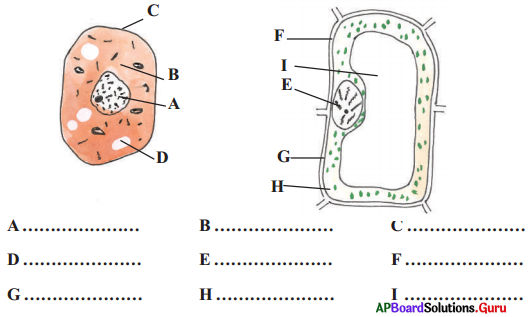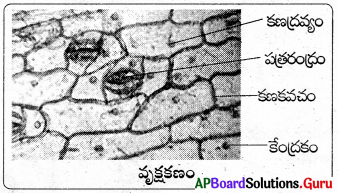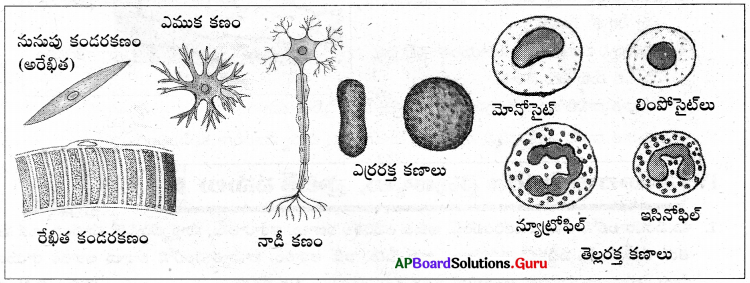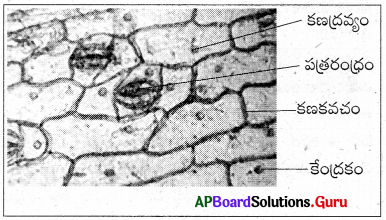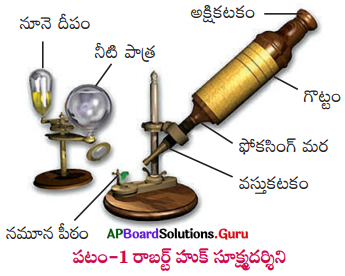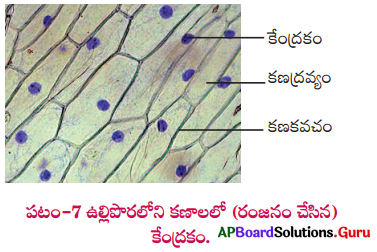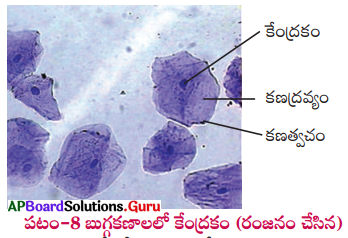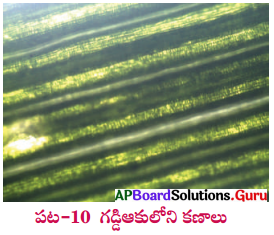AP State Syllabus AP Board 8th Class Social Studies Important Questions Chapter 24 Disaster Management.
AP State Syllabus 8th Class Social Studies Important Questions 24th Lesson Disaster Management
Question 1.
What do you know about Tsunami?
Answer:
- A tsunami consists of a series of waves and the first wave may not be the largest. The danger from subsequent tsunami waves can last for several hours after the arrival of the first wave.
- Tsunami can move at 50 km per hour on coastal plain, faster than a person can run.
Question 2.
What is IWMP?
Answer:
The government is implementing Integrated Watershed Management Programme (IWMP) in drought prone areas to reduce the impact of droughts.
![]()
Question 3.
How was the disaster of ‘Budameru’ floods managed?
Answer:
The local government officials shifted the people to the schools and community halls in the area. They supplied food packets and drinking water. Some people donated bedsheets, old clothes to the needy. Thus the disaster was managed.
Question 4.
Have you ever observed any disaster in your locality? Explain.
Answer:
There is one ‘sponge dusters company’ in our area. There was a fire accident on some day evening. All the stock was burned within minutes. The workers also had small burns.
Question 5.
Write about the work of coastal tidal gauges.
Answer:
Coastal tidal gauges can stop tsunamis close to the shore, but they are useless in deep oceans.
![]()
Question 6.
What is the work of Tsunameters?
Answer:
They transmit warnings of buoys on the sea surface, which relay it to satellites.
Question 7.
Write about ‘Drought’.
Answer:
Drought is basically a disaster situation caused by lack of rainfall. The deficiency in rainfall is defined as meteorological drought.
Question 8.
Explain the types of disasters.
Answer:
Disasters can be categorised into various types based on the speed and origin/ cause.
A. Based on speed, a disaster can be termed as slow or rapid.
- Slow onset disaster: A disaster that prevails for many days, months or even years like drought, environmental degradation, pest infection, famine are some examples of a slow onset disaster.
- Rapid onset disaster: A disaster that is triggered by an instance causes shock. The impact of this disaster may be short lived or long-term. Earthquake, cyclone, flash floods, volcanic eruptions are some examples of rapid onset disasters.
B. Based on the cause, disaster can be natural or human induced.
- Natural disaster: A natural disaster is an event that is caused by nature and leads to human, material, economic and environmental losses. The types of natural disasters:
- Earthquakes
- Cyclones
- Floods
- Droughts
- Tsunamis
- Land slides
- Volcanoes etc.
- Human induced disasters: A serious disruption of normal life triggered by human- induced hazard causing human, material, economic and environmental losses, which exceed the ability of those affected to cope. Some examples are the 1984 Bhopal Gas tragedy, the 1997 Uphaar Cinema fire in Delhi, Rajdhani Express train derailment in 2002, Kumbakonam school fire tragedy in 2003, Jaipur serial blasts in 2008 etc.
![]()
Question 9.
What is disaster management?
Answer:
Disaster management covers the range of activities designed to maintain control over disasters/ emergency situations and to provide a framework for helping people to avoid, reduce the effects of, or recover from the impact of a disaster. These activities may be related to preparedness, mitigation, emergency response, relief and recovery (reconstruction and rehabilitation) and may be conducted before, during or after a disaster.
Question 10.
What measures should be taken before Tsunami?
Answer:
- Find out if your home, school, work place, or other frequently visited locations are in tsunami hazard prone areas.
- Plan evacuation routes from your home, school, work place or any other place you could be in where tsunamis present a risk.
- Practice your evacuation routes
- Have disaster supplies ready at hand.
- Discuss tsunamis with your family.
Question 11.
What do you know about Tsunami?
Answer:
- A tsunami consists of a series of waves and the first wave may not be the largest. The danger from subsequent tsunami waves can last for several hours after the arrival of the first wave.
- Tsunami can move at 50 km per hour on coastal plain, faster than a person can run.
- Tsunamis can occur at any time of day or night.
![]()
Question 12.
Write about ‘Drought’.
Answer:
Drought is basically a disaster situation caused by lack of rainfall. The deficiency in rainfall is defined as meteorological drought. While in a year, there may be normal rainfall, there might be a wide gap separating two consecutive spells of rain, resulting in crop failure which is termed as agricultural drought. Thus, the quantum as well as the distribution of rainfall are important.
Excess or deficient rainfall is determined by the percent variation from the average rainfall (of 70-100 years) as follows:
Excess + 20 percent or more of the average rainfall Normal + 19 percent to -19 percent of the average rainfall Deficient – 20 percent to -59 percent of the average rainfall Scanty – 60 percent or less of the average rainfall
Certain regions due to their geographical location are more likely to receive less rainfall. These are called ‘drought prone areas’.
Question 13.
What is the impact of drought?
Answer:
There is a sequential impact of drought:
- Scarcity of drinking water; fall in water-table.
- Decline in crop acreage.
- Fall in employment in the agricultural sector due to slowing down of agricultural activity.
- Fall in purchasing power of those engaged in agriculture.
- Scarcity of food grains.
- Scarcity of fodder.
- Loss of cattle life.
- Malnutrition, especially among children.
- ill health and spread of diseases like diarrhoea, dysentery or cholera and opthalmia caused by starvation.
- Distress sale and mortgage of land, jewellery and personal property.
- Migration of people in search of employment.
![]()
Question 14.
What is IWMP? What is its main objective?
Answer:
The government is implementing Integrated Watershed Management Programme (IWMP) in drought prone areas to reduce the impact of droughts. The main objective is to strengthen the community and enable them to plan for proper utilisation of natural resources. Land use based on its capability helps in optimum use of land and water and can prevent misuse. The main activities include harvesting rain water in the fields, afforestation, promotion of crops/ trees that require less water and alternative livelihoods.
Question 15.
How can we cope with drought?
Answer:
Unlike sudden disasters drought being a slow onset disaster, gives us ample time for preparedness, response and mitigation. Monitoring and early warning enables timely action by decision makers at all levels. In areas that are normally affected by drought Government, Non-Governmental Organizations (NGOs), local officials and other key players have taken the initiative to bring in awareness on water conservation strategies etc.
![]()
Question 16.
How should we harvest rainwater in urban areas?
Answer:
Rainwater harvesting: In urban areas all rainwater as it falls over roofs of houses should be harvested. The easiest thing is to divert it into soak pits for recharging of groundwater. The rainwater may also be stored in sumps/ tanks which are built for this purpose. In certain places, with simple filtering, rain water can be the best source of drinking water.
Question 17.
Do you suggest any precautions to the people?
Answer:
Precautions:
- We should plan easy escape earlier.
- Our daily necessaries should be maintained in a bag.
- If the disaster is related to water, we should reach the highest and safest place in time.
- Dry food should be stored.
- Common and emergency medicines should be packed.
- We should help the needy people.
Question 18.
Have you ever observed any disaster in your locality? Explain.
Answer:
There is one ‘sponge dusters company’ in our area. There was a fire accident on one evening. All the stock was burned within minutes. The workers also had small burns. They met a loss of Rs. 3,50,000/- due to this accident.
![]()
Question 19.
Find whether you are a water saver or spender with the help of the following questionnaire. Check how much water you can save and whether you are a water hero or villain!
| Activity | User 1 (Litres) | User 2 (Litres) | Your Use (Litres) |
| Brushing Teeth | Running tap water (19) | Wet brush, Turn water off, rinse (2) | 2 |
| Cleaning vegetables | Running tap water (11) | Fill pan to clean vegetables (2) | 2 |
| Dish washing | Running tap water (114) | Wash and rinse in dishpan or sink (19) | 20 |
| Flushing | Depends on tank size (20) | Displacement bottles in the tank (15) | 15 |
| Shaving
Showering |
Running tap water (18) Water running (95) | Shaving mug (0.5) Wet down, soap down (15) |
—
15 |
| Washing car/ bike/ cycle Washing clothes |
Running hose (400/50/20) Full cycle, |
Bucket (40/20/10) Short cycle, minimal |
—
85 |
| (with machine) Washing Floor | top water level (227) Running hose for 5 min (200) | water level (102) Buckets (40) | 4 |
| Washing hands and face | Running tap water (8) | Plug and fill basin (4) | 5 |
| Total | — | 148 |
Total the water you use and check your ranking:
- Eco Hero: <200 It.
- Water saver: 201 – 400 It.
- Water spender: 400 – 600 It.
- Water villain: >601 It.
Answer:
I am in the rank of an Eco Hero.
![]()
Question 19.
Read the following passage and answer the given questions.
Detecting Tsunamis:
With the use of satellite technology, it is possible to provide nearly immediate warning of potentially tsuna-migenic earthquakes. Warning time depends upon the distance of the epicenter from the coast line. The warning includes predicted times at selected coastal communities where the tsunami could travel in a few hours.
Coastal tidal gauges can stop tsunamis close to the shore, but they are useless in deep oceans. Tsunami detectors, linked to land by submarine cables, are deployed 50 odd kms out at sea. ‘Tsunameters’ transmit warnings of buoys on the sea surface, which relay it to satellites.
1. What is the technology mentioned here?
Answer:
Satellite technology.
2. On what does the warning time depend?
Answer:
Warning time depends upon the distance of the epicenter from the coast line.
3. What does the warning include?
Answer:
The warning includes predicted times at selected coastal communities where the tsunami could travel in a few hours.
4. Write about the work of coastal tidal gauges.
Answer:
Coastal tidal gauges can stop tsunamis close to the shore, but they are useless in deep oceans.
5. What is the work of Tsunameters?
Answer:
They transmit warnings of buoys on the sea surface, which relay it to satellites.
![]()
Question 20.
Read the following para and answer the questions.
The Teachers and students are an integral part of the community and have an important role to play in being prepared for disasters. Students are effective carrier of messages to educate their parents and the community. Teachers have an important responsibility to guide the students in this regard.
1. What is the importance of teachers and students?
Answer:
The teachers and students are an integral part of the community and have an important role to play in being prepared for disasters.
2. How are the students called effective carriers?
Answer:
Students are effective carriers of messages to educate their parents and the community.
3. What is the responsibility of teachers?
Answer:
Teachers have an important responsibility to guide the students in this regard.
Question 21.
Read the paragraph ‘Watershed development’ (in text page no : 259) and then prepare two questions.
Answer:
- Who implements IWMP?
- Write any two alternative livelihoods.
![]()
Question 22.
Observe the following map and answer the given questions.
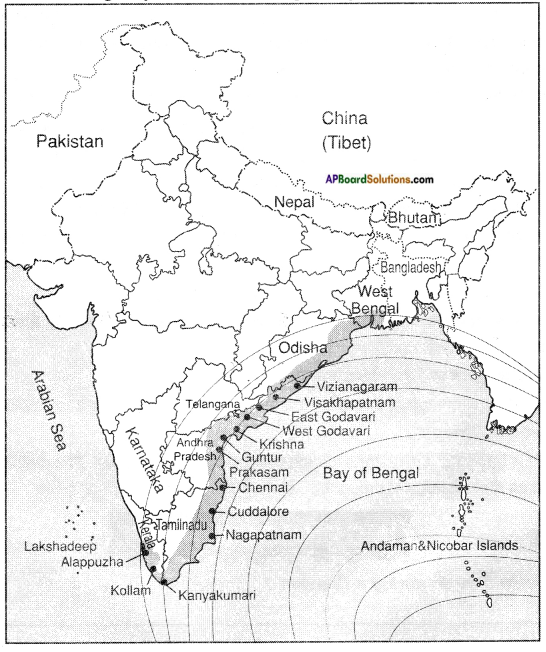
1. Write the names of Tsunami affected areas.
Answer:
Alappuzha, Kollam, Kanyakurnari, Cuddlore, Nagapatnam, Chennai, Prakasam, Guntur, Krishna, West and East Godavari, Visakhapatnam, Vizianagaram, West Bengal, Coastal re-gion and Andaman Nicobar islands.
2. On which coast are these areas located?
Answer:
Many areas are in the east coast and some are on the south coast.
![]()

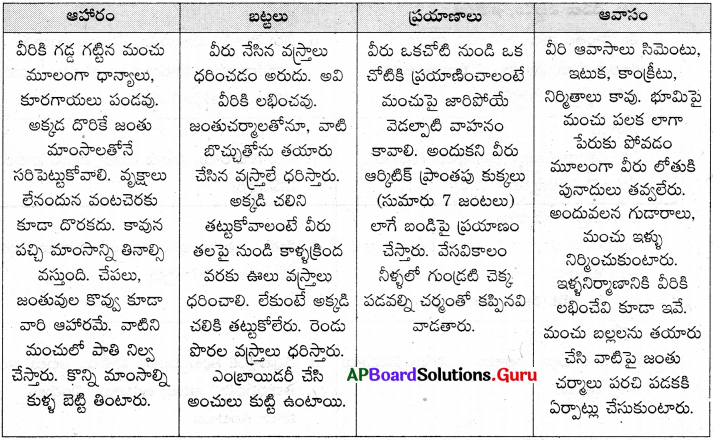
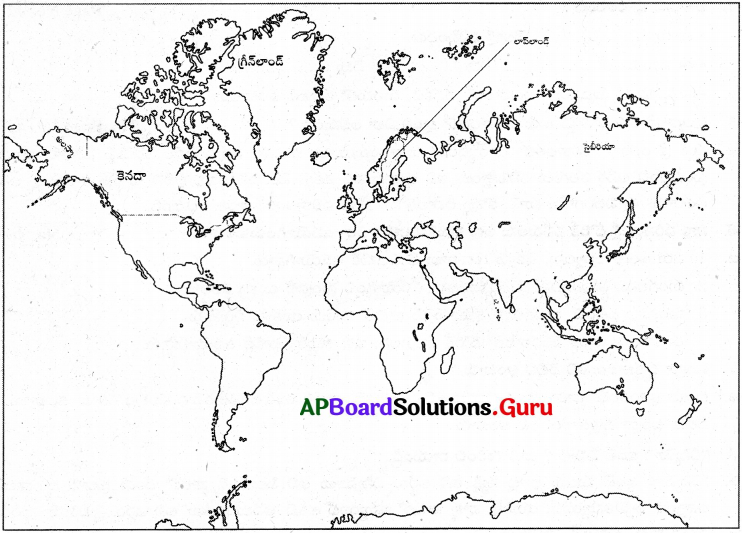
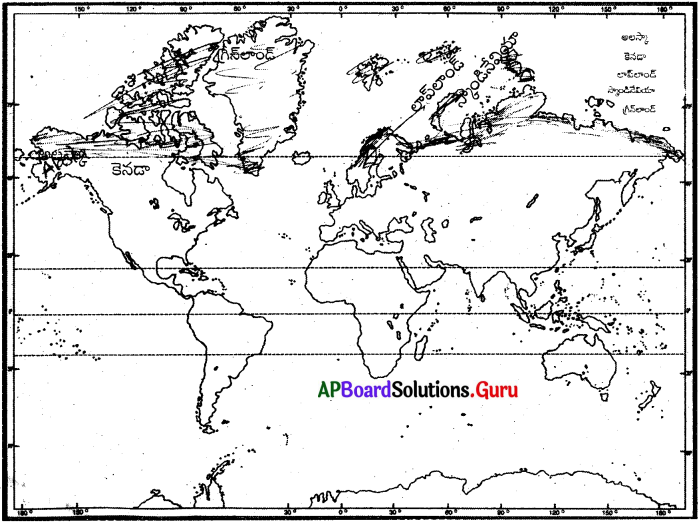
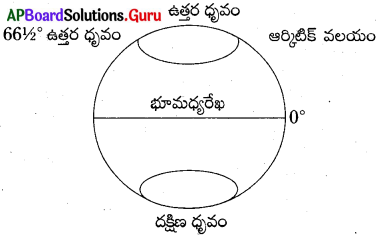


 a) What is the average highest temperature in July?
a) What is the average highest temperature in July? Radiation: When a body gives out energy it is called radiation.
Radiation: When a body gives out energy it is called radiation.
